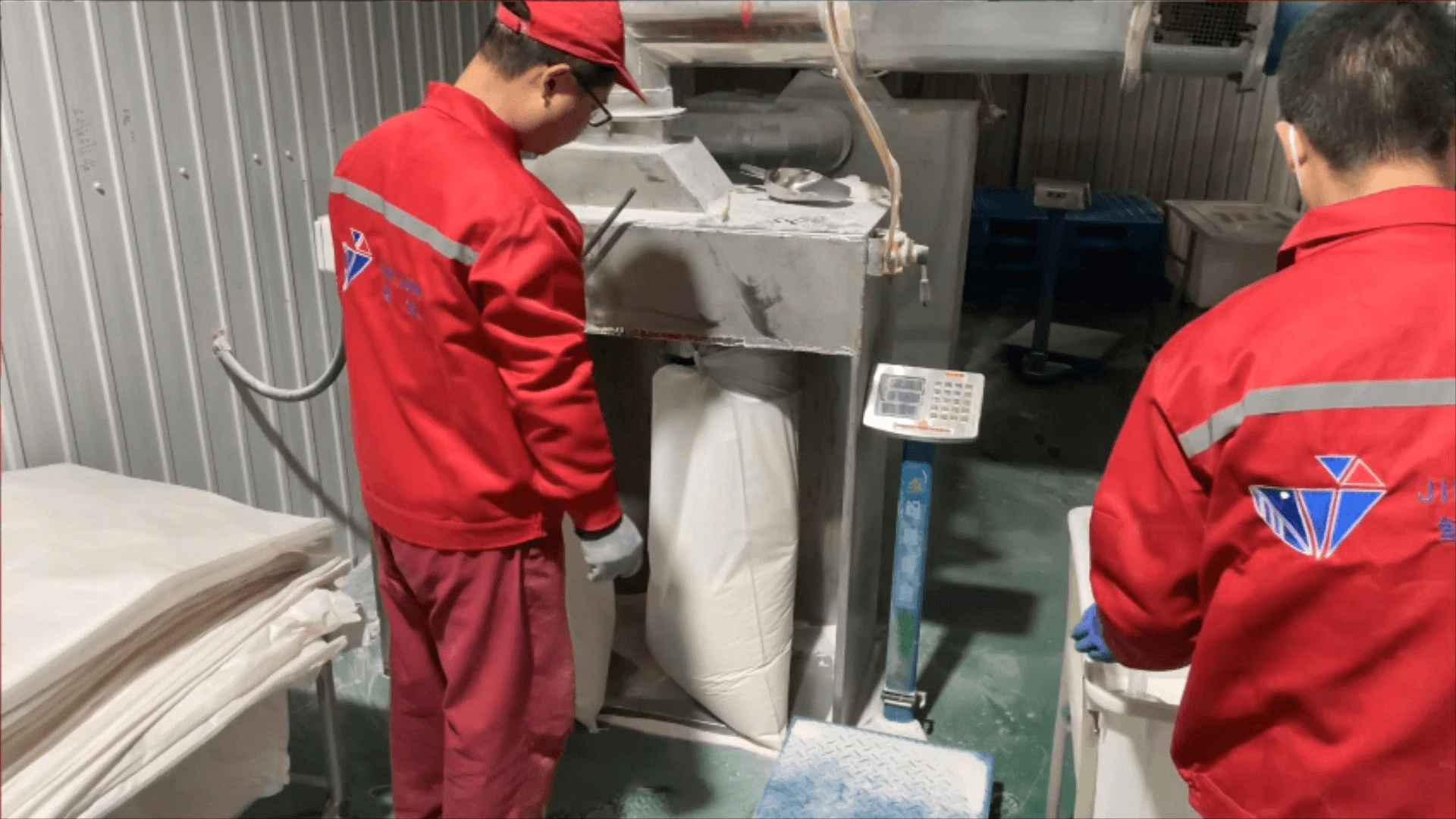
Jul . 28, 2024 11:52 Back to list
Exploring the Composition and Production Process of Highly Purified Methylcellulose HPMC
What is HPMC Made From?
Hydroxypropyl methylcellulose (HPMC) is a widely used polymer in various industries, including pharmaceuticals, food, cosmetics, and construction. Understanding what HPMC is made from is essential not only for those in manufacturing and research but also for consumers who may come into contact with this compound in everyday products.
HPMC is a cellulose derivative, meaning it is derived from cellulose, which is a natural polymer found in the cell walls of plants. Cellulose itself is a structural component that provides plants with rigidity and strength. It is composed of long chains of glucose molecules linked together. The transformation of cellulose into HPMC involves a series of chemical modifications, which enhance its properties and make it suitable for various applications.
What is HPMC Made From?
The production of HPMC is characterized by controlling the degree of substitution and the molecular weight. The degree of substitution refers to how many of the hydroxyl groups in the cellulose molecule have been replaced by methyl and hydroxypropyl groups. This parameter influences the water solubility and viscosity of HPMC. For instance, HPMC with a higher degree of substitution and molecular weight tends to have better thickening properties and higher gel strength, making it appealing for various applications.
what is hpmc made from

One of the primary attributes of HPMC is its affinity for water. Depending on the specific formulation, HPMC can be either soluble or insoluble in water, allowing for a wide variety of uses. In the pharmaceutical industry, for instance, HPMC is often used as an excipient in drug formulations. Its ability to form controlled-release systems makes it particularly valuable in oral and topical medications.
In the food industry, HPMC serves as a fat replacer and thickener, enhancing the texture and stability of food products. It is often found in low-fat or reduced-calorie foods, where it mimics the mouthfeel of fat while contributing fewer calories. Additionally, HPMC is deemed safe for consumption, which adds to its appeal as a food additive.
HPMC also plays a significant role in construction, particularly in the formulation of tile adhesives, cement mortars, and other construction materials. Here, it acts as a thickening and water-retention agent, improving workability and adhesion.
In summary, HPMC is a versatile compound synthesized from natural cellulose sources through chemical modifications. Its unique properties, derived from its hydroxypropyl and methyl substitutions, enable a myriad of applications across diverse industries. From pharmaceuticals to food and construction, HPMC illustrates the intersection of nature and innovation, highlighting how natural materials can be transformed into valuable resources for modern applications. As consumer awareness of product ingredients increases, understanding components like HPMC becomes essential in making informed choices about the products we use daily.
-
Why HPMC is a Key Additive in Wall Putty Formulations
NewsAug.05,2025
-
Redispersible Powder in Decorative Renders: Function Meets Finish
NewsAug.05,2025
-
Redispersible Powder for Interior Wall Putty: Smooth Results Every Time
NewsAug.05,2025
-
HPMC’s Water Retention Capacity in Dry Mortar Applications
NewsAug.05,2025
-
HPMC Factory Contributions to Liquid Detergents
NewsAug.05,2025
-
How HPMC Factory Products Change Detergent Textures
NewsAug.05,2025







